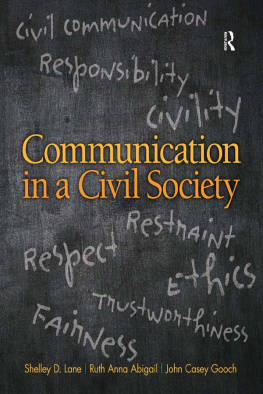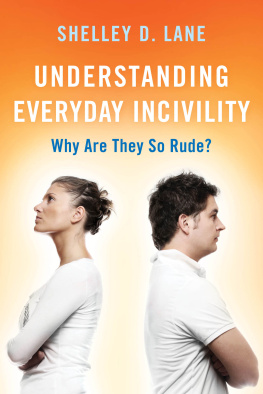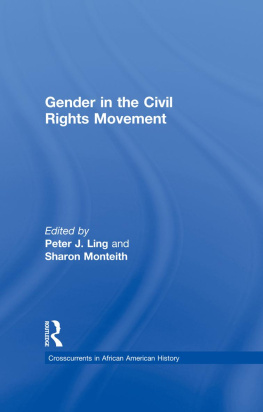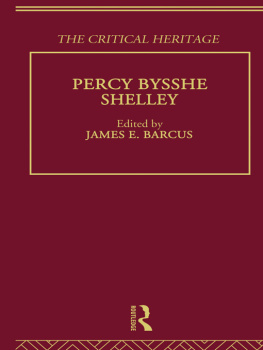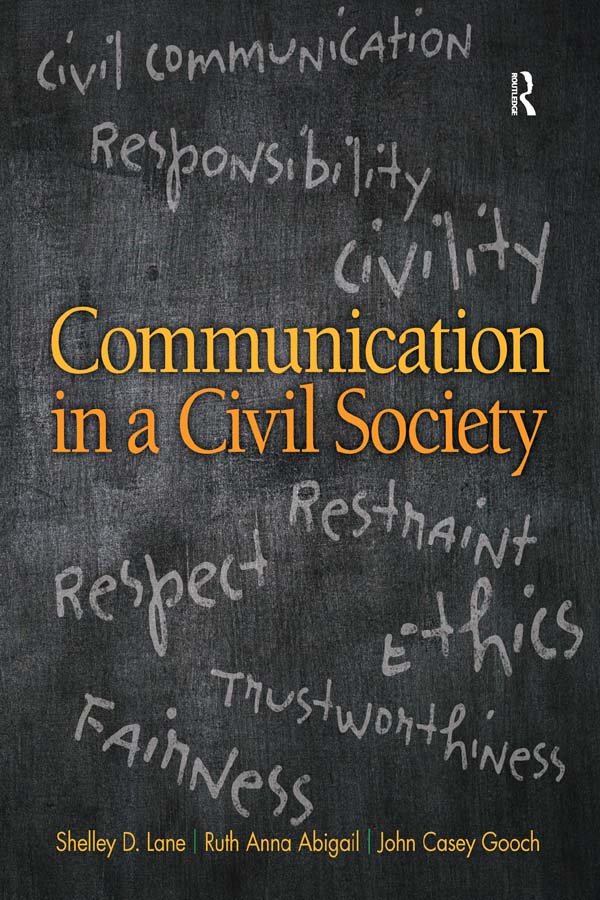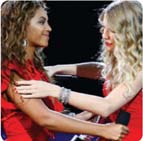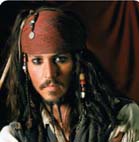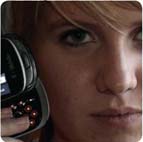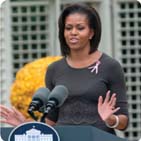Communication
in a Civil Society
Communication
in a Civil Society
Shelley D. Lane
University of TexasDallas
Ruth Anna Abigail
Azusa Pacific University
John Casey Gooch
University of TexasDallas

First published 2014 by Pearson Education, Inc.
Published 2016 by Routledge
2 Park Square, Milton Park, Abingdon, Oxon OX14 4RN
711 Third Avenue, New York, NY 10017
Routledge is an imprint of the Taylor & Francis Group, an informa business
Copyright 2014 Taylor & Francis. All rights reserved.
All rights reserved. No part of this book may be reprinted or reproduced or utilised in any form or by any electronic, mechanical, or other means, now known or hereafter invented, including photocopying and recording, or in any information storage or retrieval system, without permission in writing from the publishers.
Notice:
Product or corporate names may be trademarks or registered trademarks, and are used only for identification and explanation without intent to infringe.
Cover Design: Bruce Kenselaar
Credits and acknowledgments borrowed from other sources and reproduced, with permission, in this textbook appear on appropriate page within text (or on ).
Library of Congress Cataloging-in-Publication Data
Lane, Shelley D.
Communication in a civil society / Shelley D. Lane, Ruth Anna Abigail, John Gooch.
pages cm
Includes bibliographical references and index.
ISBN-13: 978-0-205-77021-2
ISBN-10: 0-205-77021-5
1. Communication--Moral and ethical aspects. 2. Interpersonal communication. 3. Courtesy. I. Abigail, Ruth Anna. II. Gooch, John, 1971- III. Title.
P94.L356 2013
302.2--dc23
2013012701
ISBN-13: 978-0-205-77021-2 (loose leaf)
ISBN-13: 978-1-138-20937-4 (pbk)
SHELLEY D. LANE
To my husband, Dr. Lawrence Warren Miller, who supported and encouraged me from the initial idea for Communication in a Civil Society to its publication
RUTH ANNA ABIGAIL
To my children, Kathryn and David Lulofs, who continue to be my inspiration
JOHN CASEY GOOCH
To all my friends and family who have supported me in my academic endeavors
BRIEF
CONTENTS
CONTENTS
SPECIALIZED
CONTENTS
CONTEXTS
Culture
Culture
Culture
Culture
Culture
Culture
Culture
Culture
Gender
Culture
Culture
Culture
Culture
Culture
SKILS AND STRATEGIES FOR CIVIL COMMUNICATION
(Using) Alliteration and Assonance in lieu of Profanity and Cursing
Apologies and Asking for Forgiveness
(Expressing) Appreciation
Assertive Communication
Avoiding Interpersonal Violence
Becoming Aware of and Monitoring Our Behavior
Brainstorming and Reverse Brainstorming for Problem-Solving
Brainstorming for Writing Speeches
Civil Listening Strategies
(Managing) Communication Apprehension
(Strategies to improve) Comprehensive Listening
Confirming Responses
Conflict Confrontation Steps
Conflict Management Styles
Content Paraphrase
Critical Listening and Thinking Skills
Decision-Making Patterns
Empathic Listening
Feelings Paraphrase
Five-Person Network Patterns
Five Second Strategy to Remember Names
(Communicating) Forgiveness and Reconciliation
Fractionation for Problem-Solving
Followership
(Strategies for Effective) Group Meetings
Indexing and Owning Thoughts and Feelings
Information Seeking Behaviors to Reduce Uncertainty about Others
Metacommunication
Mind-Mapping for Problem-Solving
(Using) Nonverbal Immediacy Behaviors
(Using) Open-Ended and Closed-Ended Questions
Paraphrasing Thoughts and Feelings
Perception-Checking
Perspective-Taking
(Strategies to Develop a) Positive Group Climate
(Strategies for Using) Presentation Aids Effectively
(Strategies for) Presenting an Interesting Informative Speech
(Strategies for) Presenting Information in a Speech
Prompting and Questioning
Reassurance and Expressing Concern
Reducing Distractions and Recognizing our Propensity to Listen Selectively
Reflective Thinking System for Problem-Solving
Relational Feedback
(Strategies to Contend with) Relationship Dialectics
Relationship Initiation Strategies
Relationship Maintenance Strategies and Skills
Relationship Termination Strategies
Responding to Others in Groups
SCRIPTS for Problem-Solving
Self-Disclosure Strategies
Six Hats Method of Problem-Solving
(Using) Specific and Concrete Words
(Strategies for Effective) Speech Delivery
STLC Conflict Resolution System
MODELS AND THEORIES OF COMMUNICATION
Action Model of Communication
Attraction Theory
Attribution Theory
Coordinated Management of Meaning
Cues Filtered Out Approach
Dialectical Tensions Model
Elaboration Likelihood Model
Group Development Model
Hyper Personal Approach
Implicit Personality Theory
Interaction Model of Communication
Theory of Invitational Rhetoric
Maslows Hierarchy of Needs
Monroes Motivated Sequence
Phase Theory of Conflict
Relational Communication

